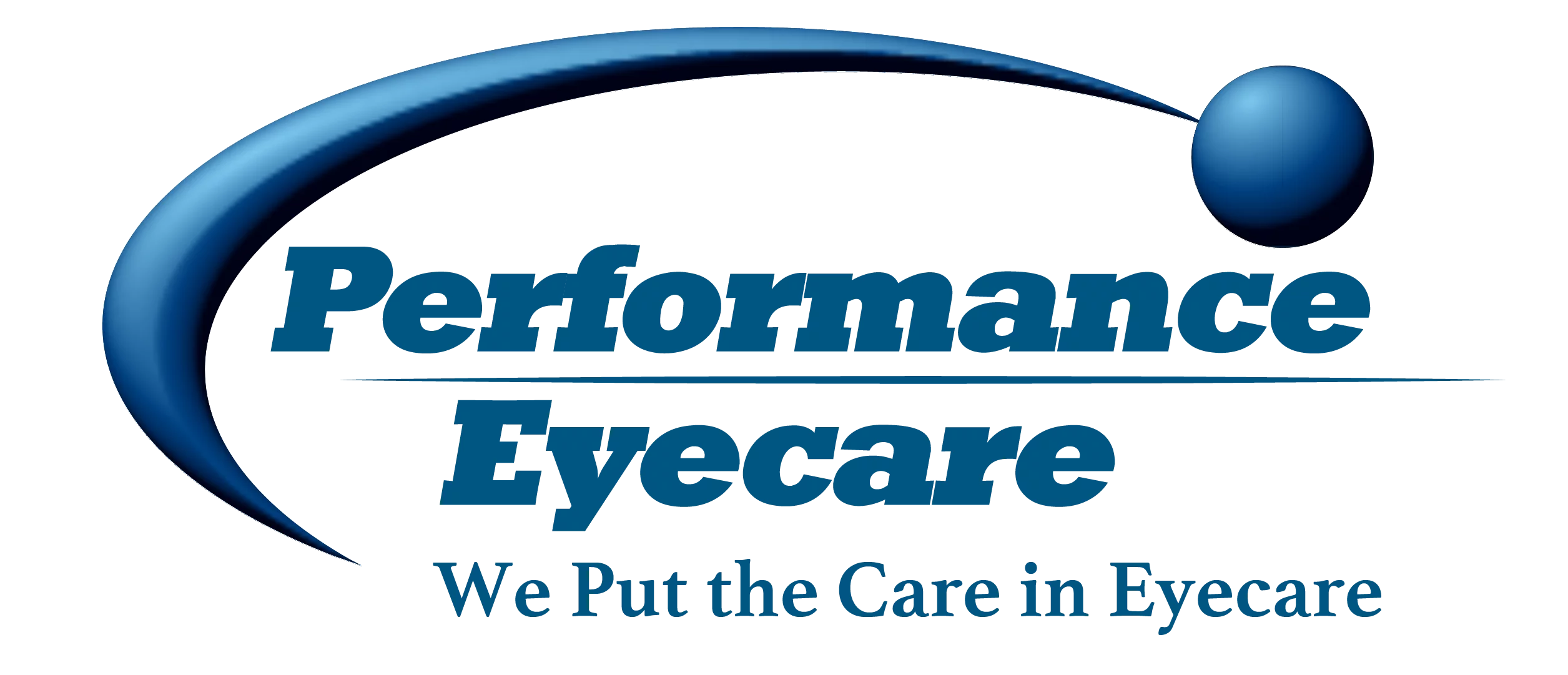Say What?! Performance Eyecare Checks Your Eyesight AND Your Hearing!
Hey, listen up! Did you know that 1 in 5 Americans have hearing loss in at least one ear? That’s right! That comes out to be about 48 million people. Just because we care for your eyes doesn’t mean we ignore everything else! In fact, our optometrists are focused on providing you with excellent eye … Read more
